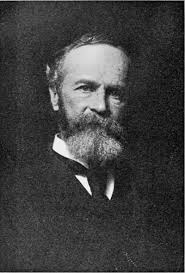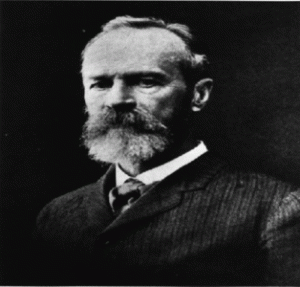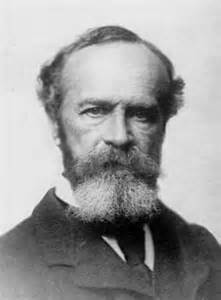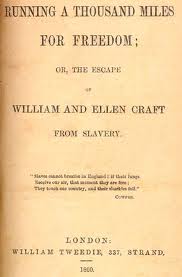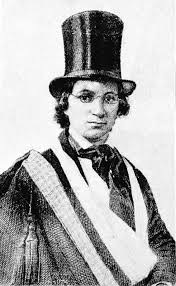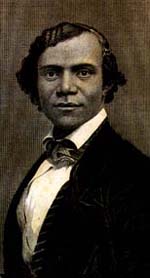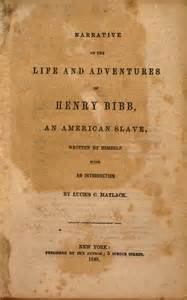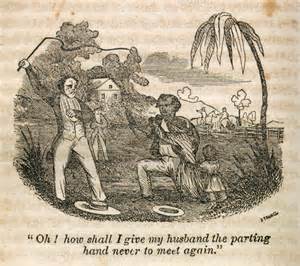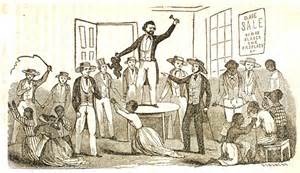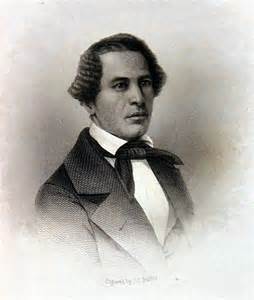The next in a series of William James’ late career works on radical empiricism is A Pluralistic Universe, another series of lectures published into a book in 1909. Of the works I have read, it is his more direct attack on rationalism and monism. As far as philosophy goes, A Pluralistic Universe, reads a bit like an argument against intellectual absolutism and homogeneity. As such, I am forced to appreciate it. The big problem with rationalism is that is posits a Truth that is external to our own experiences (at least in many cases). If truth is singular and all of us experience the world differently, most of us are then looking at the world falsely or as a delusional. That seems unlikely as a point of fact. (At least this is how I understand the core of his argument, with my soft non-philosophical mind.)
But one as we are in this material sense with the absolute substance, that being only the whole of us, and we only the parts of it, yet in a formal sense something like a pluralism breaks out. When we speak of the absolute we take the one universal known material collectively or integrally; when we speak of its objects, of our finite selves, etc., we take that same identical material distributively and separately. But what is the use of a thing’s being only once if it can be taken twice over, and if being taken in different ways makes different things true of it? (647)
See, there is an added value to looking at the universe pluralistically. We can actually take part in a more rich, playful, and diverse universe.
His most significant attacks on other philosophers come at Hegel. His questioning of Hegel is really an extension of his disapproval of idealism as absolutist. An rationally-determined position conquers and dismisses all other perspectives and eventually all evidence. “All facts lead to him [the idealist].” (688) Here we come to the crux of radical empiricism as I understand it. Idealism finds truth through reason and ideas alone and then (for James at least) voyages into near solipsism. At its most radical, the idealism would be willing to reject all other opinions as false, no matter how they were determined, if they do not fall into “Truth.” The typical empiricist (I suppose most scientists fit into this category) accept “Truth,” but realize that specific findings may be provisional or incomplete. Truth determined through observation, but constantly tests by other findings and observations. The radical empiricist rejects “Truth” finding value in all observations made by others as having truth. Going a bit farther he states that fact can be found in the process by which something is observed and realized needs to be taken into account as well, and those will be highly pluralistic. Each observation is a process, thus ultimately two people will observe the same event with different processes and therefore one cannot be rejected without exposing some absolutist position. I guess in practice this means that a scientist is more right in her observation of some phenomenon than an untrained spiritualist, just because ones process of observation is informed by training and the other by a belief in ghosts.
If philosophy is more a matter of passionate vision than of logic,—and I believe it is, logic only finding reasons for the vision afterwards,—must not such thinness come either from the vision being defective in the disciples, or from their passion, matched with [Gustav Theodor] Fechner’s or with Hegel’s own passion, being as moonlight unto sunlight or as water unto wine.” (710)
So, is the point here that the typical John Locke style empiricist is a variant of idealism in that is does not understand the context of an observation?
Does this leave us with some anti-intellectualism? I suppose a degree of that is inevitable with radical empiricism, but that may not be bad in a highly technological democratic society, where scientists and engineers hold immense powers over our individual lives. Many historians of science have filled in this gap by looking at the context of this or that scientific discovery and showing how they were not the result of pure observation, but influenced by training, disciplinary standards, social expectations, religious values, culture, and much more. In this sense, perhaps James is rightfully questioning “Truth” as determined by thinkers, while also raising the standards of inquiry to include increased not just a finding, but how a finding was determined.
James explicitly states that he thinks his view of a pluralistic universe is more democratic than idealism or other absolutism philosophies. This suggests he was really seeing his ideas as an American alternative to the rationalist traditions of Europe. “The pluralistic world is thus more like a federal republic than like an empire or a kingdom. However much may be collected, however much may report itself as present at any effective centre of consciousness or action, something else is self-governed and absent and unreduced to unity.” (770)
I am not sure how much thought anarchists have given to epistemology, but I am convinced that the place to begin such an investigation would be a thinker like William James. At the very least, I am convinced that there are real conflicts between idealism and a libertarian worldview, but maybe others see it differently.
